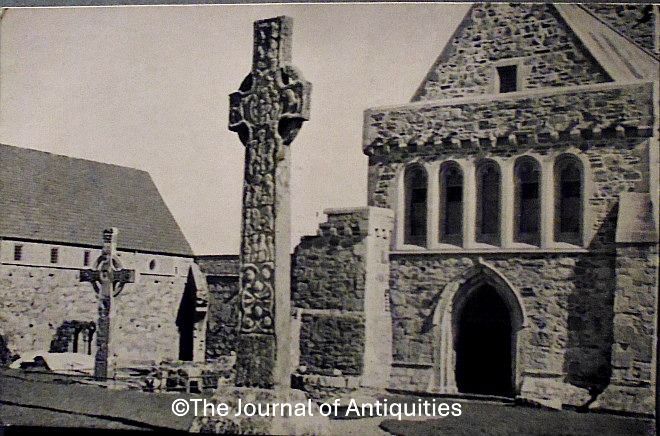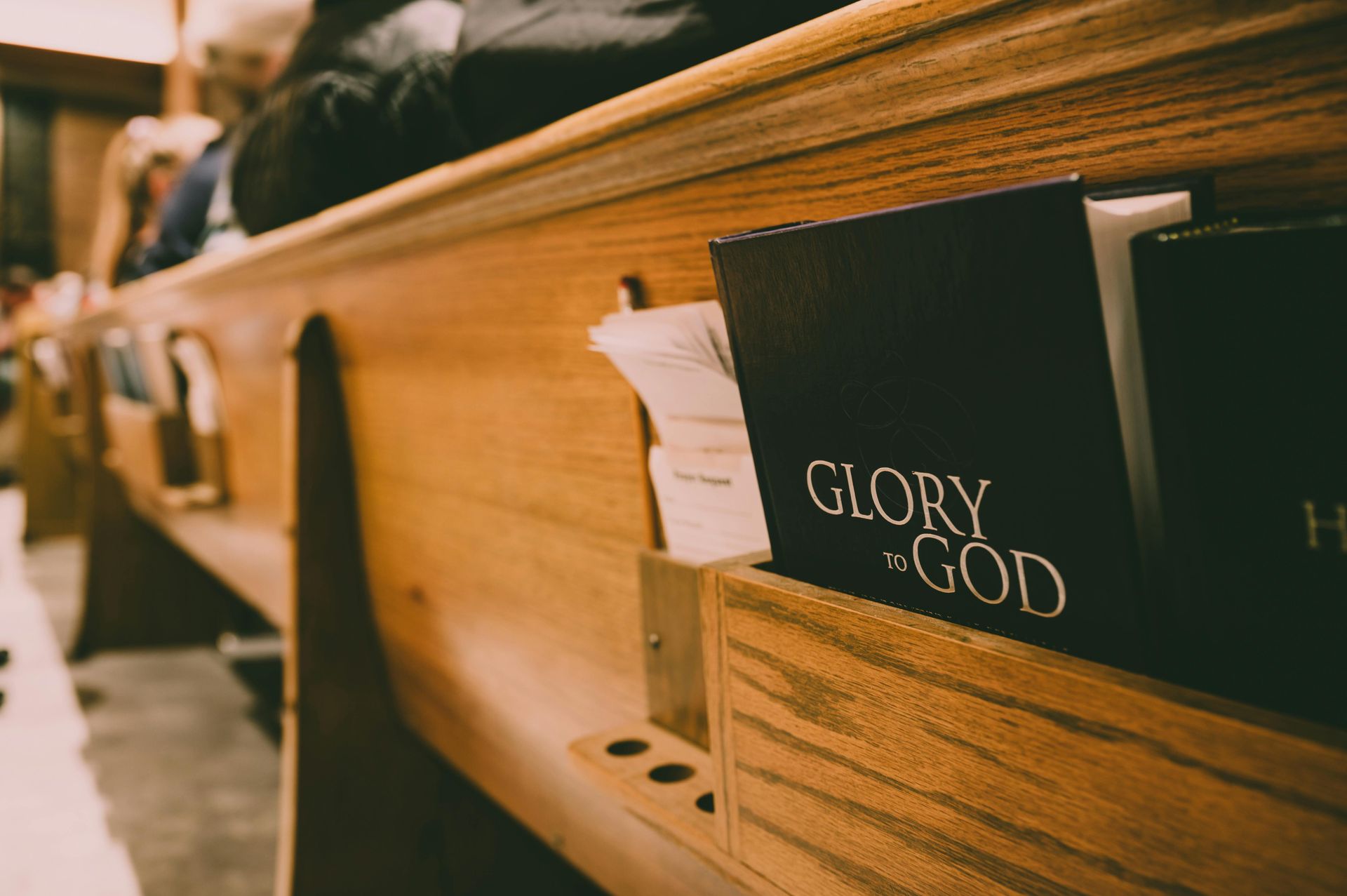The Celtic Cross
Deep Meaning Lies Behind the Design of a Celtic Cross

As you see in FPC Hammond's new logo, the cross contains a circle in addition to the typical "T" shape of the cross. This signifies the cross is a Celtic cross, a cross from our history rich with meaning. The main image for this post is an old photo of the St. Martin and Saint John's cross statues located on the Western side of the Abbey Church on the Island of Iona, Argyll and Bute, Western Scotland. The picture is from the Journal of Antiquities. Our Presbyterian roots trace back to Scotland where the Celtic cross is an ancient and important Christian symbol.
The basic cross already signifies deep meaning by representing the Roman instrument of torture and execution that Jesus Christ turned into a beautiful symbol of redemption and victory over death. The Celtic form adds the following meanings:
The circle is often described as representing:
- Christ's halo, shining out God's light and presence to the whole world. Legends tell that in the 4th Century St. Patrick coopted the pagan symbol of the sun to represent the whole world being sustained by God's light.
- Unity. The circle has no end or beginning, representing how God the Father, Son, and Spirit are all united: one God in three persons.
- Eternity. The circle has no end. God's love and the hope of Salvation has no end and reaches out to all people.
Some of the crosses are inlaid with additional designs such as intricate knots or biblical illustrations adding yet more meaning.
Our Celtic cross logo is meant to be an artistic expression of the beauty, reverence, and wonder of our faith in Jesus Christ.

